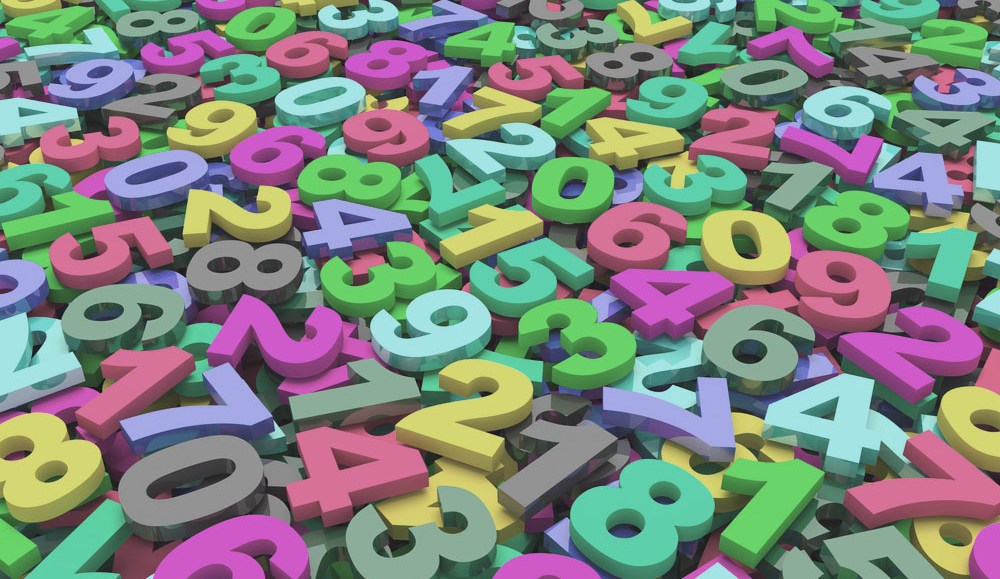
Zero-sum game mathematics says that as one party gains, the other loses. Applying this to online advertising, it would make sense that money shifting to programmatic takes away from direct sales. But what about when it comes to premium programmatic, or higher-quality inventory that is bought and sold on programmatic channels?
A new study by Digiday and The Trade Desk found, surprisingly, that as the rise in direct spend goes up, so does the spend in premium programmatic. It could be because buyers prefer the benefits of direct sales — knowing where ads are placed, etc. — and the benefits of machine-based buying — like efficiency. Premium programmatic may be able to provide both.
The study, based on responses from more than 500 brand, publisher and agency executives, was designed to find out if buyers and sellers are interested in buying guaranteed premium inventory through programmatic channels weeks or months in advance.
Turns out, people like the idea of buying and selling this way, but there are still a few barriers, both on the buy and sell side.
The challenges start with the name. What does “premium programmatic” even mean? The industry still has no consensus on that very basic, yet essential, definition. For example, 23 percent of respondents label “premium” as custom inventory; 25 percent said it was guaranteed inventory; 34 percent said it was dependent on what the publisher says. This is not very helpful.
The other main issue is one of quality and trust. Buyers and sellers have built up, in many cases, a decades-long relationship with each other. To discard that in favor of an automated process would not make any sense. However, the machines are here and rapidly becoming an essential means of buying and selling inventory. The trick will be to figure out how to carry over that quality and trust from years of relationships to the programmatic process.
As a result, it’s looking like 2014 is shaping up to be a trial year for premium programmatic. Results show that advertisers are still cautious in buying premium programmatic. That could be for a couple of reasons: Publishers are not putting much premium inventory up on programmatic channels (though this year, 43 percent indicated they will be incrementally experimenting with programmatic premiums) or because the quality and trust from direct relationships have not yet been proven with automated buying.
“The forward market” will primarily be led by advertisers and agencies wanting to automate their full ad buys programmatically and at scale. Publishers will adapt, adding more premium inventory on programmatic channels, because the market is dictating they become more open to the idea of machine-based selling. All stakeholders need to invest the time and effort to better arrive at a solution that will benefit all. The infrastructure, through RTB, is in place. Now it’s up to the industry to fulfill the promise of automated guaranteed premium inventory.
For more information, click here to download the whitepaper from The Trade Desk.
More from Digiday
Sliders test article
Amazon bulldozes into new markets, upending the status quo and challenging rivals. Today, it’s the turn of the ad-supported streaming world, and Amazon is coming out of the gate strong. Why, you ask? Because Amazon is serving marketers an opportunity beginning today to reach a whopping 115 million monthly viewers in the U.S. alone, courtesy […]

How CTV and DOOH are growing this political season for smaller agencies
Connected TV and digital out-of-home are playing a bigger role in upcoming elections and politics – especially for smaller agencies looking to place clients’ dollars.

CMO Strategies: Advertisers identify the top attributes on ad-supported streaming platforms
This is the third installment in Digiday’s multi-part series covering the top ad-supported streaming services and part of Digiday’s CMO Strategies series. In this report, we examine which ad attributes matter the most to marketers on streaming platforms.
Ad position: web_bfu